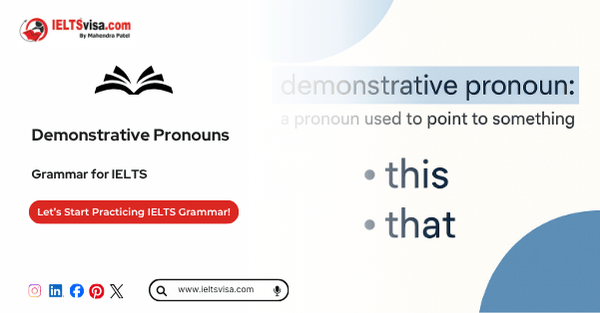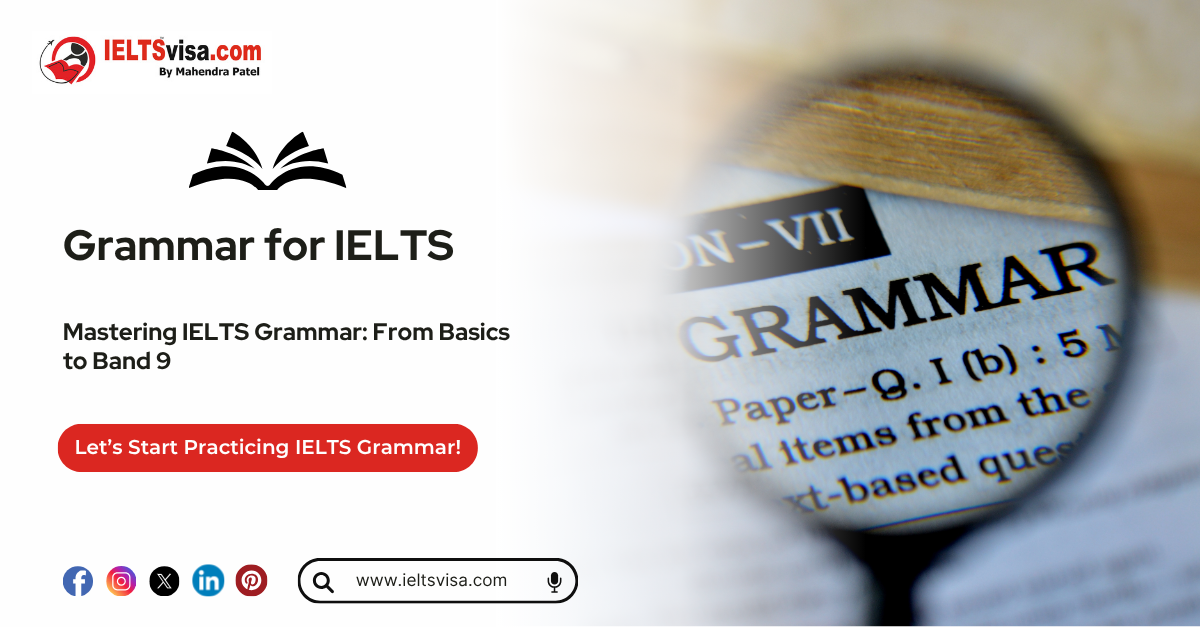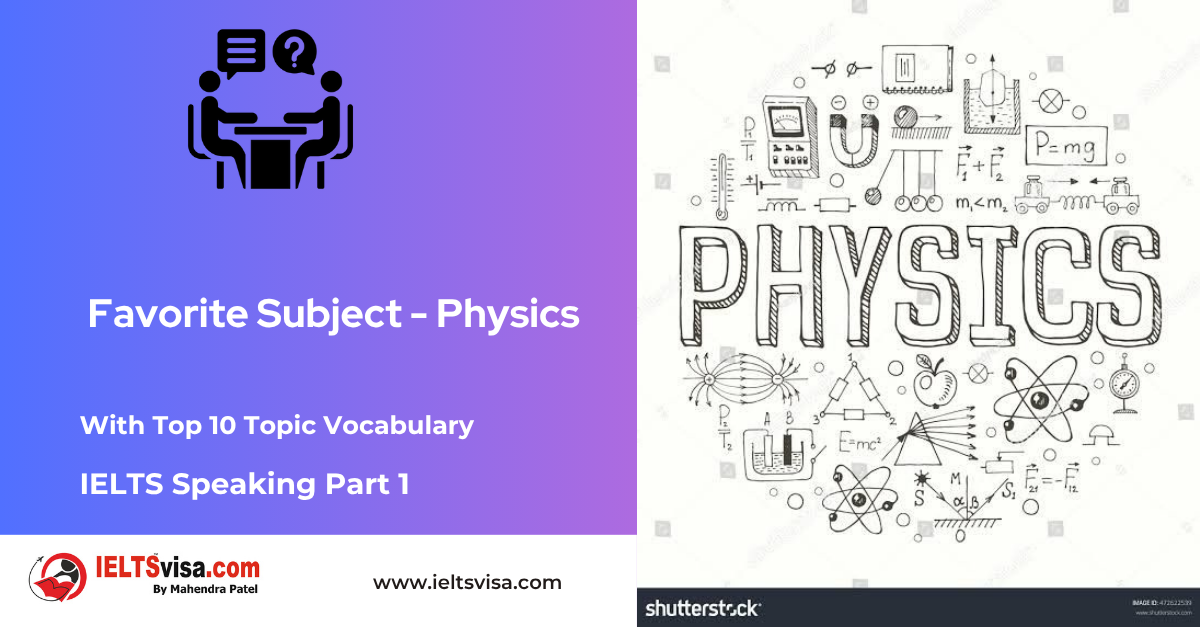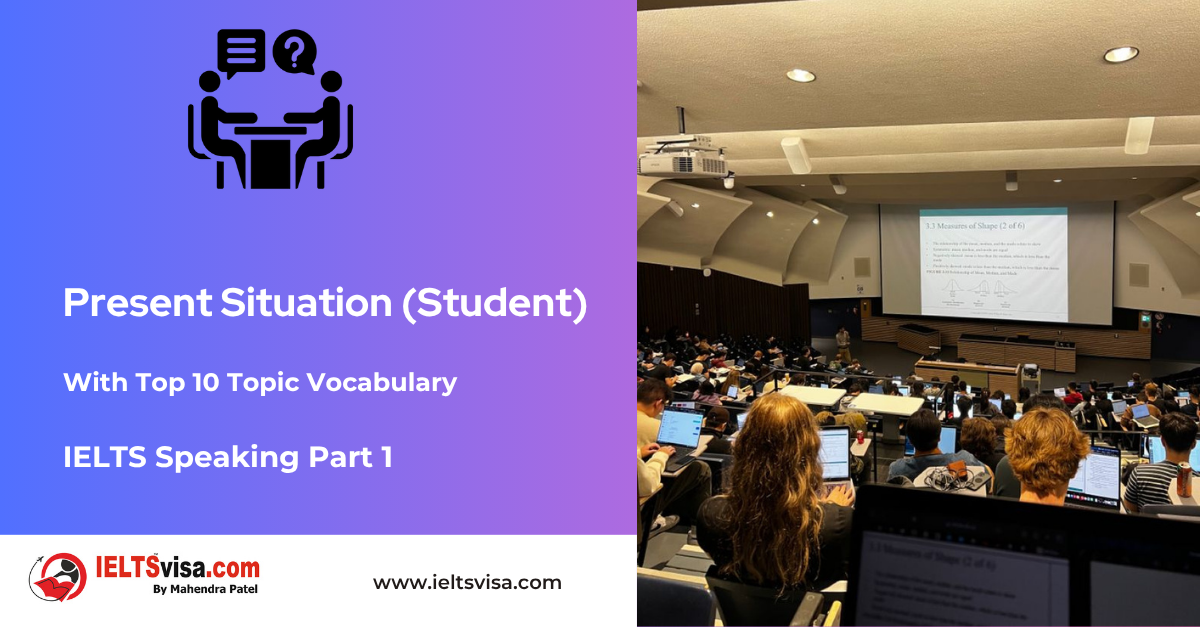Demonstrative Pronouns
Grammar for IELTS

Demonstrative Pronouns: Definition, Usage, and Examples
Demonstrative pronouns are an essential part of English grammar. They help us avoid repetition and make our communication more efficient by pointing to specific individuals, locations, objects, or concepts. In this guide, we’ll explore the meaning of demonstrative pronouns, how they are used, and how to differentiate them from demonstrative adjectives.
Table of Contents
1. What Are Demonstrative Pronouns?
2. Definition of Demonstrative Pronouns
3. How to Use Demonstrative Pronouns
4. Demonstrative Pronouns vs. Demonstrative Adjectives
5. Examples of Demonstrative Pronouns in Sentences
6. Test Your Understanding of Demonstrative Pronouns
7. Frequently Asked Questions
What Are Demonstrative Pronouns?
Demonstrative pronouns are used to point to specific nouns without repeating them. They indicate whether the noun is near or far and if it’s singular or plural. Common demonstrative pronouns in English are this, that, these, and those.
For example:
-
- This is amazing! (refers to something nearby)
- Those are beautiful. (refers to something farther away)
Definition of Demonstrative Pronouns
-
- Cambridge Dictionary: Demonstrative pronouns are words such as this, that, these, and those used to indicate the specific person or thing being referred to.
- Merriam-Webster Dictionary: A demonstrative pronoun is a pronoun that identifies or singles out the thing being referred to.
How to Use Demonstrative Pronouns
Demonstrative pronouns can be used based on proximity (near or far) and number (singular or plural).
1. Proximity
-
-
- Near: Use this (singular) and these (plural) to refer to something close to the speaker.
- Far: Use that (singular) and those (plural) to refer to something farther away.
-
2. Number
-
-
- Singular: This and that refer to one item or concept.
- Plural: These and those refer to multiple items or concepts.
-
Examples of Usage
1. This is my favourite book. (singular, near)
2. That is an interesting idea. (singular, far)
3. These are my friends. (plural, near)
4. Those were unforgettable memories. (plural, far)
Demonstrative Pronouns vs. Demonstrative Adjectives
The same words (this, that, these, those) can act as demonstrative pronouns or demonstrative adjectives. The distinction lies in their function.
|
Feature |
Demonstrative Pronouns |
Demonstrative Adjectives |
|
Definition |
Replace a noun. |
Modify a noun by describing it further. |
|
Example: This |
This is my jacket. |
This jacket is mine. |
|
Example: That |
That is her car. |
That car belongs to her. |
|
Example: These |
These are delicious. |
These cookies are delicious. |
|
Example: Those |
Those are my books. |
Those books are mine. |
Examples of Demonstrative Pronouns in Sentences
|
Pronoun |
Proximity |
Examples |
|
This |
Near, Singular |
This is my favourite movie. |
|
That |
Far, Singular |
That was an exciting trip. |
|
These |
Near, Plural |
These are amazing flowers. |
|
Those |
Far, Plural |
Those are expensive watches. |
Test Your Understanding of Demonstrative Pronouns
Rewrite the following sentences by replacing the underlined nouns with the appropriate demonstrative pronouns:
1. The dress in my hand is beautiful.
2. I love the chocolates on the counter.
3. The stars in the sky are so bright tonight.
4. Can you pass me the pen on the table?
5. The memories from our trip are unforgettable.
Answers
1. This is beautiful.
2. I love these.
3. Those are so bright tonight.
4. Can you pass me that?
5. Those are unforgettable.
Frequently Asked Questions
Q1: What is a demonstrative pronoun?
A demonstrative pronoun is used to replace a noun or noun phrase, pointing to something specific. Examples include this, that, these, and those.
Q2: How do demonstrative pronouns differ from demonstrative adjectives?
Demonstrative pronouns replace nouns entirely (e.g., This is mine), while demonstrative adjectives modify nouns (e.g., This bag is mine).
Q3: Can demonstrative pronouns refer to abstract concepts?
Yes, demonstrative pronouns can refer to abstract ideas or concepts. For example: That was a great idea.
Q4: What are the examples of demonstrative pronouns?
-
- Singular: This is incredible.
- Plural: Those are beautiful.
Q5: What is an ambiguous antecedent?
An ambiguous antecedent occurs when it’s unclear what a pronoun refers to. For example, I like bowling and movies. Let’s do that. (That could mean either activity.)

Our Books
Master IELTS Speaking Part 1
IELTS Writing Task 1 Book
IELTS Writing Task 2 Book
Practice IELTS Other Modules
IELTS Listening
The IELTS Listening test assesses how well you can understand spoken English in various contexts. It lasts about 30 minutes and is divided into four sections with a total of 40 questions. The listening tasks become increasingly difficult as the test progresses.
IELTS Academic Reading
The IELTS Academic Reading section assesses your ability to understand and interpret a variety of texts in academic settings. It is designed to evaluate a range of reading skills, including skimming for gist, reading for main ideas, reading for detail, understanding inferences, and recognizing a writer's opinions and arguments.
IELTS Speaking
The IELTS Speaking test assesses your ability to communicate in English on everyday topics. It lasts 11-14 minutes and consists of three parts: introduction, cue card, and a discussion based on the cue card topic.
IELTS General Reading
IELTS General Reading tests your ability to understand and interpret various types of texts. Here are some key areas and types of content you can expect to encounter in the reading section, along with tips for effective preparation.
IELTS Academic Writing Task 1
In IELTS Academic Writing Task 1, you are presented with a visual representation of information, such as graphs, charts, tables, or diagrams, and you are required to summarize, compare, or explain the data in your own words.
IELTS General Writing Task 1
In IELTS General Writing Task 1, you are required to write a letter based on a given situation. The letter can be formal, semi-formal, or informal, depending on the prompt. Here’s a breakdown of the key components to include in your letter
IELTS Academic Writing Task 2
In IELTS Academic Writing Task 2, you are required to write an essay in response to a question or topic. Here’s a guide to help you understand the essential elements of this task
IELTS Exam Tips
To succeed in the IELTS exam, practice regularly, familiarize yourself with the test format, improve your vocabulary, develop time management skills, and take mock tests to build confidence.
Grammer for IELTS
Grammar is the foundation of effective communication in English. Understanding tense usage, subject-verb agreement, and sentence structure enhances clarity and coherence in writing and speaking.
Vocabulary for IELTS
Vocabulary plays a crucial role in the IELTS (International English Language Testing System) exam, especially in the Speaking and Writing sections. Here’s an overview of why vocabulary is important and how it impacts your performance
RECENT IELTS SAMPLES QUESTIONS AND ANSWERS
IELTS Speaking Part 1 – Favourite Sujbect – Physics
IELTS Speaking Part 1 - Favourite Sujbect - Physics Q: What is your favourite subject? A: My favourite subject...
IELTS Speaking Part 1 – Present Situation (Student)
IELTS Speaking Part 1 - Present Situation (Student) Q1: Are you a student or do you work?A: I’m a full-time...
IELTS Speaking Part 1 – Present Situation – Employee – as an International Student and Social Worker
IELTS Speaking Part 1 - Present Situation - Employee - as an International Student and Social Worker Q1: Are...
IELTS Speaking Part 1 – Persent Situation – Employee- as an Electric Engineer
IELTS Speaking Part 1 - Persent Situation - Employee- as an Electric Engineer Q1: What do you do for a...
IELTS Speaking Part 1 – Persent Situation – Employee – as an Software Engineer
IELTS Speaking Part 1 - Persent Situation - Employee - as an Software Engineer Q1: What do you do for a...
IELTS Speaking Part 1 – Persent Situation – Married
IELTS Speaking Part 1 - Persent Situation - Married Q1: Are you married?A: Yes, I am married. My spouse and I...













